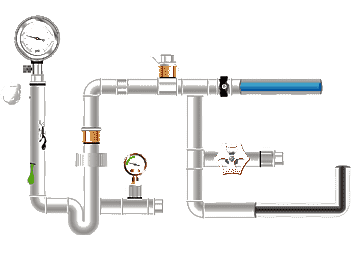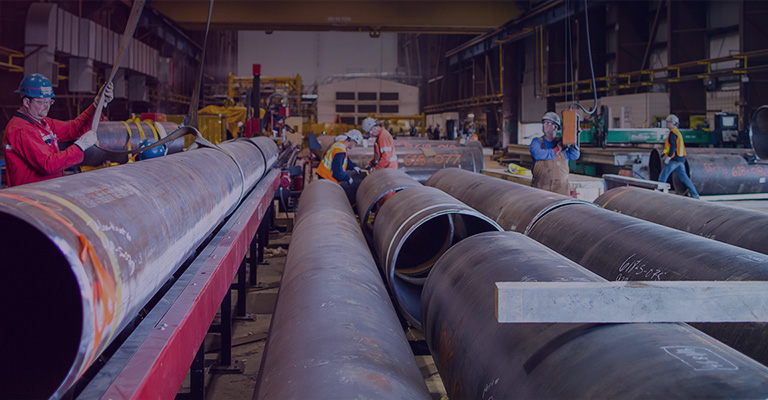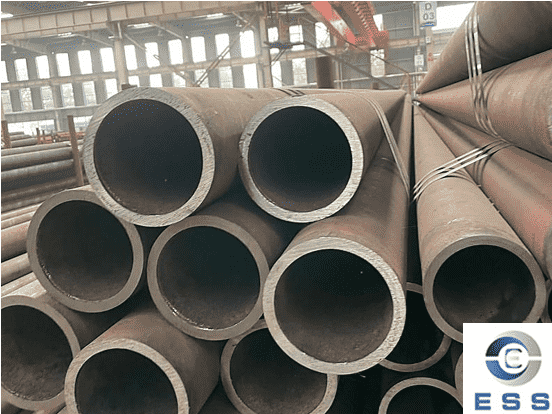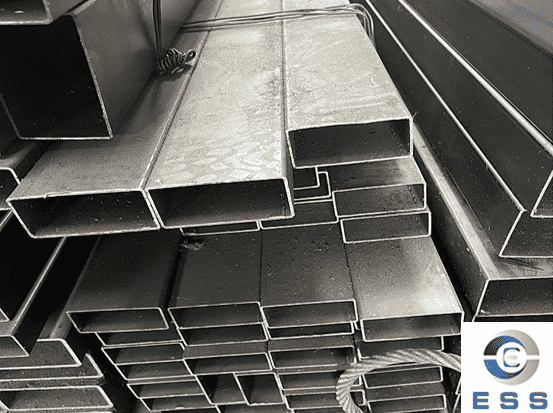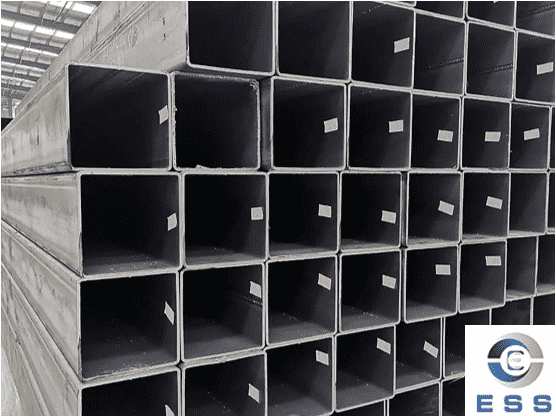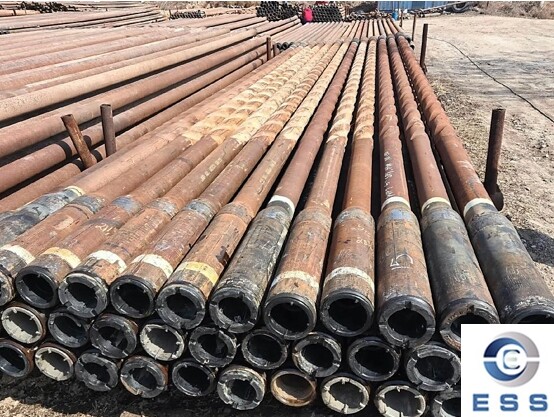
What Is Heavy Weight Drill Pipe?
Heavy weight drill pipe,
as an important tool in drilling engineering, is mainly used to transmit torque
and apply drilling pressure. The difference
between heavy weight drill pipe and ordinary drill pipe is that the wall
thickness is more than 2 times that of ordinary drill pipe, its joint body is
longer than ordinary drill pipe, and there is a special wear-resistant roller
in the middle of the pipe body. Due to its special design and material, heavy
weight drill pipe can withstand greater pressure and torque, so as to
effectively carry out deep drilling. At the same time, according to different
drilling needs and geological conditions, heavy weight drill pipe is also
designed with a variety of specifications and models to meet the drilling work
in various complex environments.
Features of heavy weight drill pipe
Heavy weight drill pipe is an important oil
drilling equipment with the following characteristics:
1. Adjustable weight
Heavy weight drill pipe can adjust its
weight as needed during operation to meet different drilling operation
requirements.
2. High strength
The material selected for heavy weight
drill pipe is of high strength and can withstand high-intensity torsion and
tensile force, thereby ensuring the safety of drilling operations.
3. Corrosion resistance
Because the heavy weight drill pipe is
active in the oil well and is in contact with chemicals and high temperature
environments, the heavy weight drill pipe has excellent corrosion resistance.
Heavy weight drill pipe is widely used in oil extraction and is an
indispensable equipment for OCTG pipes in
the oil drilling process.
Types of heavy weight drill pipes
The specifications and models of heavy
weight drill pipes are usually classified according to parameters such as length, outer diameter, inner diameter and material. Common heavy
weight drill pipes are of the following types:
1. Standard heavy weight drill pipes
This type of drill pipe usually has a
standardized length and diameter and is suitable for most conventional drilling
tasks. Their design is simple and sturdy, which can meet basic drilling needs.
2. Reinforced heavy weight drill pipes
For drilling tasks that need to withstand
greater torque and pressure, reinforced heavy weight drill pipes are specially
reinforced. This type of drill pipe usually has a larger outer diameter and
thicker pipe wall, which provides higher strength and stability.
3. Special material heavy weight drill pipe
Under certain specific geological
conditions, such as high temperature, high pressure or corrosive environment,
special material heavy weight drill pipe is required. These drill pipes are
made of high temperature resistant and corrosion resistant alloy materials,
which can maintain stable performance under extreme conditions.
Selection and use precautions of heavy
weight drill pipe
When selecting heavy weight drill pipe, the
specific requirements and geological conditions of the drilling task should be
clarified first, and then the appropriate specifications and models should be
selected according to the actual situation. At the same time, the following
points should be noted during use:
1. Regular inspection and maintenance
Heavy weight drill pipe may be worn or
fatigue cracked after long-term use, so it should be inspected and maintained
regularly to ensure that it is in good working condition.
2. Correct installation and operation
When installing and using heavy weight
drill pipe, the correct operating procedures should be followed to avoid damage
or safety accidents caused by misoperation.
3. Adaptation of drilling equipment
Different drilling equipment may have
different specifications for heavy weight drill pipe, so it should be ensured
that it matches the drilling equipment when selecting and using it.
Summary
In summary, understanding heavy weight
drill pipe is crucial to ensure the smooth progress of drilling projects.
Through the introduction of this article, I hope it can help readers better
understand and choose appropriate heavy weight drill pipe, thereby improving
drilling efficiency and reducing safety risks.









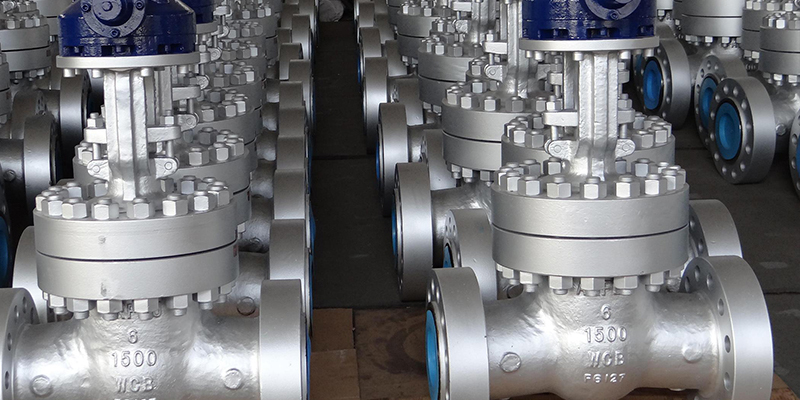
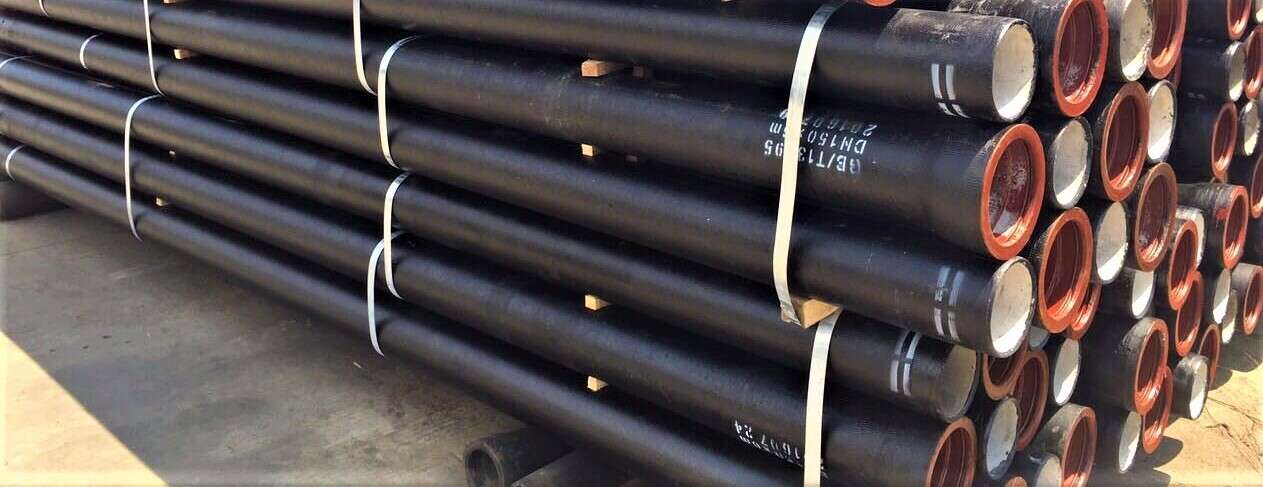


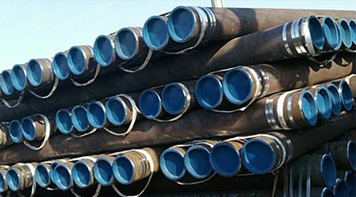 Eastern Steel Manufacturing Co.,Ltd not only improve product production and sales services, but also provide additional value-added services. As long as you need, we can complete your specific needs together.
Eastern Steel Manufacturing Co.,Ltd not only improve product production and sales services, but also provide additional value-added services. As long as you need, we can complete your specific needs together.
